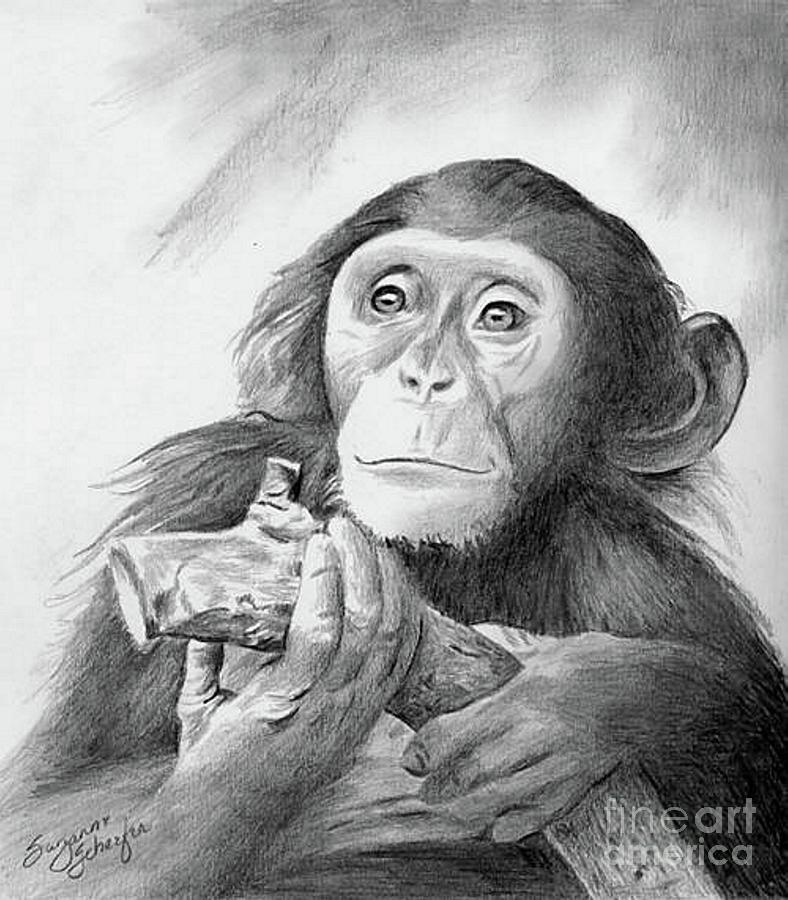
This would mean that very young children do not take pleasure in their finished drawings, but only in the act itself. But what happens if this is not the case? Does this mean that drawings of very young children do not represent anything in particular?įor decades, researchers have suggested that the early phase of drawing-called scribbling-simply reflects a simple motor activity that is visually unplanned and only determined by the motor system of the arm, the wrist and the hand 15. An adult can easily understand what a 4-year-old child wanted to represent when they drew, because the outlined objects are recognizable. Thus, in the same way that children reorganize their spoken language to communicate efficiently, the appearance of these first recognizable drawings also allows them to be better understood by others 14. Consisting of two lines (legs) attached to a round form (head), the tadpole figure arises around 3 years of age 11 and is observed in Western as well in non-Western countries 12, 13. One of the first steps of children’s early symbolic drawing development is tadpole figures 10. This early developmental stage of drawing is composed by traces and lines which have a universal nature, belonging to a culturally inherited symbolic system 9. Then DeLoache and collaborators 8 stated “the realization of figurative drawing goes hand in hand with the appropriation of symbols”. the use of symbols such as marks or particular shapes) helps the subject to represent their thoughts by giving them symbolic meaning beyond their literal ones. Progressively the systems involved in the drawing behavior develop capacities such as visual perception, graphic production including action programming and planning, and visual imagery.

This organic substratum allows children for example to acquire the understanding of self and others, to regulate their emotions, but also to communicate and to enter a world filled with symbols 7. During early childhood, crucial neurological transformations occur in cerebral tissues such as important increases in grey matter volumes until 4 years 6. This progress is partly linked to the improvement of motor coordination, completed by the progressive integration of a visual vocabulary of patterns and graphic syntax aided by the child’s cultural and living environment and of course by the maturation of their cognitive skills 4, 5. they can be recognized by external observers 3. At the age of 3–4 years, children begin to produce figurative drawings, i.e. Children start drawing what we call scribbles around their first year of age 3. an active creation of visible marks that may or may not be figurative 2. This study considers drawing behavior in its simplest form, i.e. Indeed, drawing behavior is considered by some authors as the simple will to mark, to produce visible traces but it can also be etymologically understood as something more complex such as a design, or a goal to reach 1. It was a picture of a boa constrictor digesting an elephant.”Īntoine de Saint-Exupéry, The Little PrinceĮvidence in prehistoric caves and in museums underlines that drawing is one of the most characteristic behaviors of the human species, yet its definition remains vague.

These indices can be considered relevant tools to improve our understanding of drawing development and evolution in hominids. We also used indices based on colors and time and asked children about what they drew. Drawings of chimpanzees are not random suggesting that their movements are constrained by cognitive or locomotor aspect and we cannot conclude to the absence of representativeness.

Results showed that this index was lowest in chimpanzees, increased and reached its maximum between 5-year-old and 10-year-old children and decreased in adults, whose drawing efficiency was reduced by the addition of details. Drawings were characterized with an innovative index based on spatial measures which provides the degree of efficiency for the lines that are drawn.

This study seeks to improve our knowledge of the evolutionary origins and the ontogenetic development of drawing behavior by studying drawings of humans (N = 178, 3- to 10-year-old children and adults) and chimpanzees (N = 5). Techniques used in cave art suggest that drawing skills emerged long before the oldest known representative human productions (44,000 years bc).


 0 kommentar(er)
0 kommentar(er)
